As autumn arrives, Italy is filled with the magnificent colors of foliage, and the scent of the earth fruits characteristic of this season, such as mushrooms, truffles, pumpkin, chestnuts, and apples, can be perceived in the air.
These flavors from Mother Nature are becoming the protagonists of our tables in delicious recipes, and in this article we would like to take you all along the Boot to get a taste of them: discover the 15 autumn dishes in Italy for celebrating the arrival of this most romantic and charming time of year.

Italian autumn dishes: the classics of our cuisine
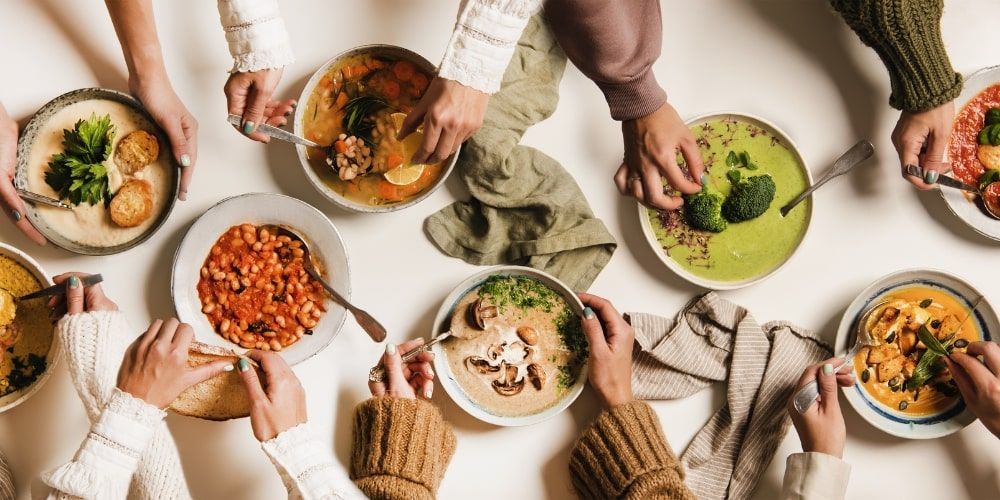
Discovering autumn dishes in Italy means taking a food and wine journey through breathtaking landscapes and centuries-old culinary traditions. From the valleys of Piedmont, with their scent of truffles, to the coasts of Sicily, where pumpkin is hued with bittersweet notes, each region shows its character through unique autumnal delights that over time have become great classics in our kitchens.
This delicious journey wishes to celebrate the richness of our land, the warmth of its people, and the mastery in transforming simple ingredients into dishes that are true symphonies of flavors, but above all, it aims to pay homage to this wonderful season and its tastes. We review 15 mouthwatering Italian autumn dishes that you cannot fail to prepare and sample this year.
Discovering Italian autumn dishes means embarking on a food and wine journey through breathtaking landscapes and centuries-old culinary traditions. From the Piedmontese valleys, with their scent of truffles, to the Sicilian coast, where pumpkin is tinged with sweet and sour notes, each region shows its character through unique autumnal delights. It is a journey that celebrates the richness of the land, the warmth of its people and the mastery of transforming simple ingredients into dishes that are true symphonies of flavour.
15. Castagnaccio
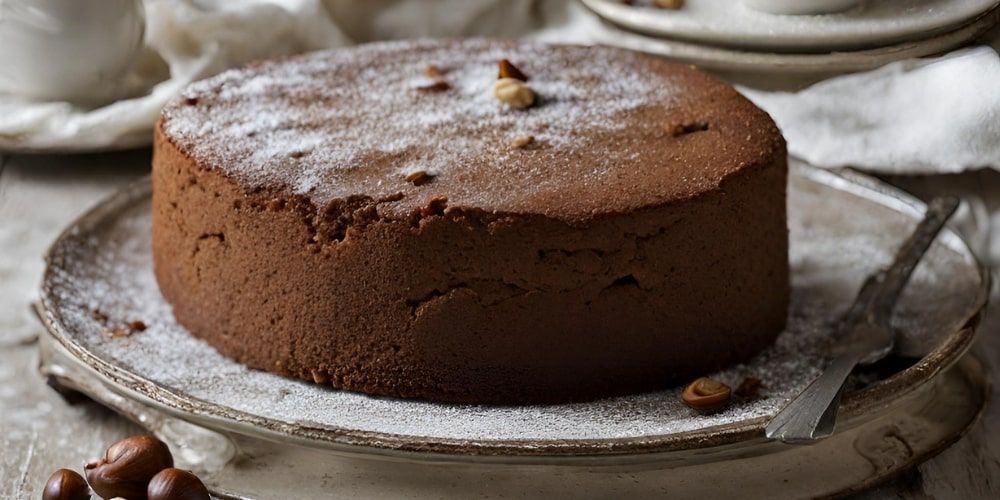
Let's start our journey through fall dishes with castagnaccio, a dessert originating in Tuscany, a rustic delicacy that celebrates simplicity and one of the typical fruits of the season.
It is made with chestnut flour, olive oil, pine nuts, raisins and rosemary. The chestnut flour, the main ingredient, tells us of ancient peasant traditions, while the raisins and pine nuts add a touch of sweetness and crunch, a little luxury that makes every bite a delight. And then there is the rosemary, whose pungent, fresh aroma takes us back for a moment to the middle of the woods, under a sky cloaked in stars.
But where to taste this fantastic dessert? Definitely in the heart of Tuscany, in Florence, a city rich in history that can also seduce the palate.
Explore Florence and taste all its delicacies14. The bittersweet pumpkin
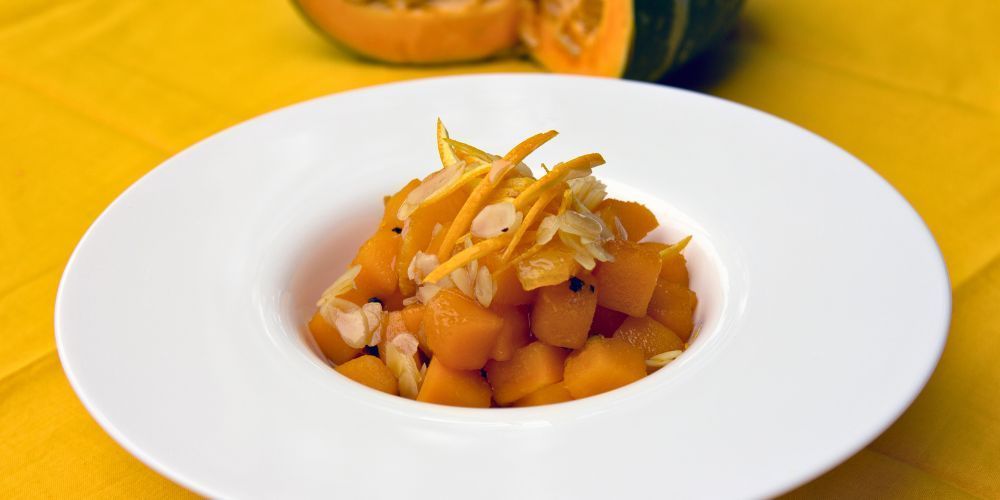
A simple and tasty dish made with few ingredients and enriched with special flavors, the bittersweet pumpkin is typical of traditional Palermo cuisine.
In addition to pumpkin, the recipe calls for sugar, salt, vinegar and oil. In Palermo this dish is called “ficatu ri poveri”.
This typical autumn dish is said to have been created in one of Palermo's oldest and most popular markets, the Vucciria, or neighborhood of “Sette cannoli.” Here bittersweet pumpkin was a viable alternative to liver and meat in general, which only the well-to-do could afford; hence the name “liver for poor people.”
And while you are lulled by its flavors, we invite you to explore Palermo to discover it in its most authentic essence.
13. Bagna càuda
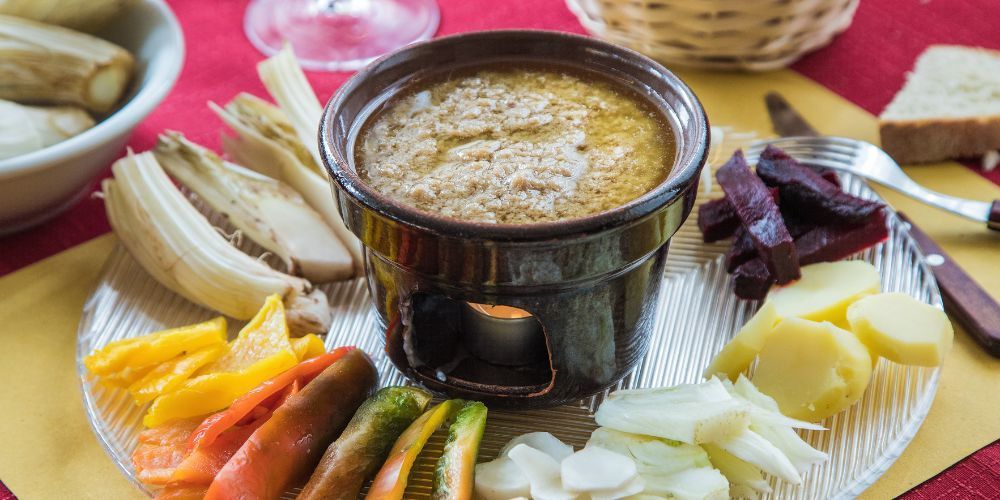
Autumn can be an opportunity to visit Turin and enjoy Piedmontese bagna càuda. It is a hot dish with olive oil, chopped anchovies and garlic and is usually eaten as a sauce for dipping vegetables.
Bagna càuda is a traditional dish of the harvest season. It is said to have been created to reward the grape pickers for their work. It is a convivial ritual in which diners share the sauce in a single container.
Previously, the sauce was kept hot in a single earthenware pot placed in the center of the table, but later individual earthenware containers consisting of a bowl and a stove or wax lamp were introduced to keep the sauce hot.
Visit Piedmont and enjoy its specialities12. Fagioli all’uccelletto
Fagioli all'uccelletto are a Tuscan side dish steeped in tradition and flavor, weaving a culinary narrative rooted in the region's humble peasant cuisine.
Originally elaborated in Florentine cuisine, cannellini beans, soaked in a rich and aromatic tomato puree, are blended with garlic, oil and sage leaves, creating a flavor combination that is as simple as it is exuberant. Stale bread croutons are often added as well.
The history of this dish is tangled with the craftiness of Tuscan peasants, who, in lean times, cooked beans with the same enveloping aromas intended for poultry and game, when meat was an unaffordable luxury. Hence, it is suggested, the name 'all'uccelletto' may have found its origin, to pay homage to the culinary practice of yesteryear.
What better place to savor this delicacy than in the beating heart of Tuscany, Florence? Strolling through the city historic streets, among monuments and works of art, treat yourself to a food and wine break while savoring a must-try Italian autumn dish.
11. Pumpkin tortelli
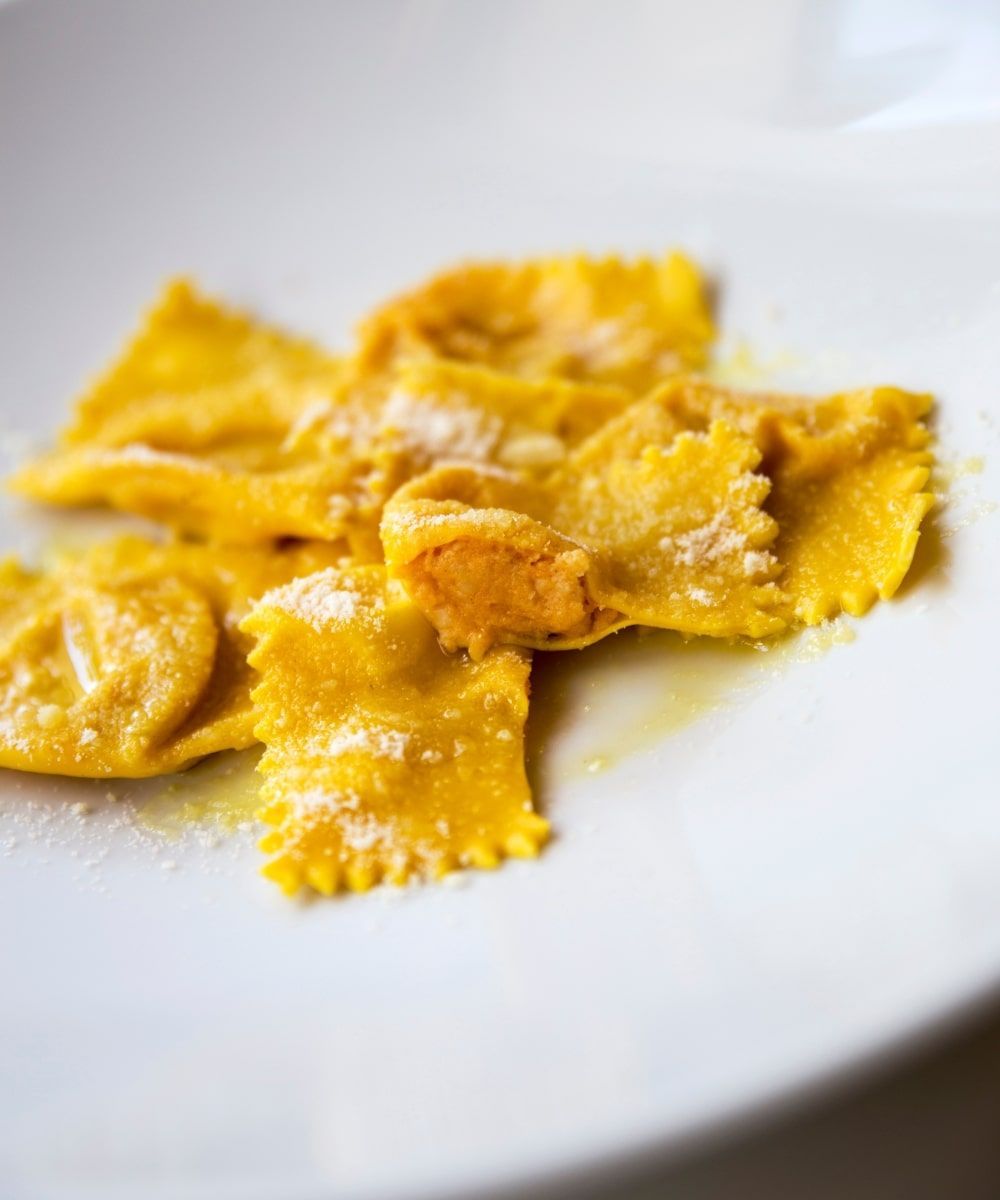
Pumpkin, the star vegetable of the fall season, is here again for these exquisite tortelli originating in the city of Mantua, in Lombardy. This dish, famous for its filling that goesbetween sweet and savory, combines pumpkin, amaretti biscuits, apple mostarda and a generous sprinkling of grana cheese in a meeting of flavors that is pure magic. The topping? Gently melted butter and a cascade of grated Parmesan cheese.
The genesis of the recipe for Mantuan pumpkin tortelli throws us back in time, to the 16th century, giving us a glimpse into the kitchens of the cook of the Gonzaga family, a noble family that weaved the fortunes of the city.
The expanses of pumpkin cultivation that have characterized the landscape since ancient times have allowed this recipe to become an emblem of the area.
Discover Mantua's beauty10. Paciocche with chickpeas
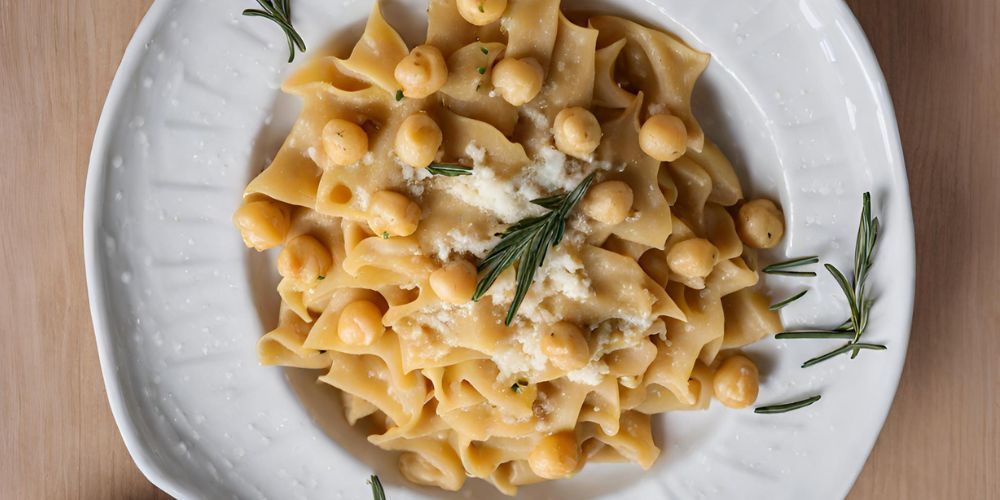
Let's continue our journey through autumn dishes in Italy with a typical recipe from Cilento, in the province of Salerno, namely paciocche with chickpeas, which are particularly suitable on milder days.
This dish masterfully interweaves pasta, “paciocche,” which evokes lagane, and chickpeas and takes us on a journey through the authentic, robust, genuine and no-frills flavors of southern Italy.
And what better setting to taste such deliciousness than Campania itself? Thus, between bites and hikes, the Cilento reveals itself in all its authentic beauty and bounty.
9. Castradina
Castradina is a traditional dish from Venice that celebrates the leg of mutton in a unique and unforgettable way. Salted, smoked and then masterfully seasoned, the mutton becomes the protagonist of an enveloping soup, enriched with savoy cabbage leaves, onions and a generous dash of wine. Tradition has it that this dish is unveiled in all its tasty essence starting on November 21, together with the feast of the Madonna della Salute, combining the sacred and the profane in a marriage of festivity and conviviality.
The history of castradina takes us on a journey through the centuries, when castrato meat, carefully imported from Albania and Dalmatia, was salted, smoked and then dried in the sun, to be finally sold to Venetian ships in transit, thus weaving an invisible thread between cultures, trade and traditions.
In addition to a gondola ride, Venice can offer you the chance to taste this culinary marvel and many other delicious recipes. Thus, between a ride through the canals and a taste of history, La Serenissima shows itself in all its authentic and flavorful elegance.
Find out the specialties of Venice8. Strangozzi with black truffle
Another great classic among autumn dishes in Italy, strangozzi with black truffle is a first course that elegantly celebrates Umbrian cuisine. They feature a traditional eggless pasta, strangozzi, reminiscent of spaghetti, and the prized black truffle, which reigns supreme on the plate: a culinary experience that is an authentic homage to the flavors of the region and immediately immerses us in lush forests.
And while the soul is satisfied with such delights, Umbria reveals other wonders. Not only a journey through flavors, but also an exploration of the art and history that permeate this land. Immerse yourself in a journey that interweaves gastronomic excellence with local cultural richness, in a sensory journey that only Umbria can offer.
7. Acquacotta
Acquacotta, a dish that tells of the simplicity and authenticity of the Tuscan Maremma and Latium Tuscia, stands as a symbol of the genuine, earthy cuisine of these areas.
Originating in the peasant world, acquacotta was the favorite choice of the butteri, the shepherds, who sought refreshment in it after exhausting days spent under the sun. This soup, which makes stale bread, vegetables and extra virgin olive oil its pillars, turns into a warm embrace on the crisper autumn days.
In the Viterbo variant, for example, potatoes, chicory and onion become the main performers, while in some of the more opulent versions, a poached egg or salt cod enrich the dish with their presence. And while acquacotta envelops the senses, a visit to the city of Viterbo, also called “City of the Popes,” can offer a taste of its history.
6. Strucolo
Strucolo is a typical dish of Friuli-Venezia Giulia, particularly the tables of Trieste and Gorizia. This delicacy, which can come in sweet or savory versions, traces its roots from the Italianization of the Slavic word “strukllj,” which in turn reflects the German word “strudel”, to which it actually closely resembles.
The savory version, often featured as a first course, may conceal a rich filling of ricotta and cheese inside, or vegetables such as peas or spinach, as in the famous Strucolo de Spinaze, or even, veal or beef. Its sweet counterpart, the most famous, hides instead fillings of fresh fruit, dried fruit or chocolate. A typical Trieste variant is Strucolo de Pomi, with a sweet heart of apples and raisins, while Strucolo in Straza, a distinctive version from the Karst region of Trieste, Istria and Gorizia, is prepared with leavened dough, wrapped in a dishcloth (known as 'straza' in the Trieste dialect) and gently cooked in boiling water.
Although the filling may vary, the most traditional version welcomes a combination of walnuts and raisins inside, giving an authentic culinary experience deeply rooted in local traditions.
5. Risotto with porcini mushroom
Among Italian autumn dishes, the combination of risotto and porcini mushrooms certainly cannot be missed.
The wide variety of mushrooms found throughout the Boot, in fact, would be perfect in its totality to enrich risotto but we think the top is reached with porcini.
Widespread everywhere, this recipe is owed to the area between Piedmont, which is rich in rice fields, and Lombardy, home of risotto par excellence. Its origins are uncertain but probably date back to the 15th century, when rice was imported to Italy from Asia; although in the south, where pasta was already consumed, it was not very successful, in the north it was much appreciated and people even began to cultivate it thanks to the favorable climate.
Warm, creamy, comfortable and scented is a journey along the Piedmontese countryside, in the area of Vercelli and Novara, and Lombardy, between Pavia and Milan, areas where the largest rice fields are found, but it also stops in the perfect places to find quality porcini mushrooms: the Valsesia for Piedmont and the Sondrio and Bergamo areas for Lombardy.
4. Ciavarro soup
Another triumph of autumn scents, legume soup is a great classic of this season, a comfortable recipe of peasant origins that probably binds the regions of Italy like no other. In fact, it is typical of virtually every area of the peninsula, in its many variations, but it probably sees its peak in the traditional Marche recipe, the ciavarro.
Created to recycle leftover canned goods from past seasons (ciavarre means precisely leftovers) this soup was a must in the peasant world but is still greatly appreciated today. The recipe calls for a base of wheat, barley, corn, fava beans, peas, chickpeas, chickling peas, lentils and various types of beans, cooked together with a light flavored sauce.
Of course, in the legume soup you can omit or add the ingredients you prefer.T his simple and invigorating recipe allows you to give free rein to your imagination, and everyone can customize it according to his or her taste.
3. Pasta and potatoes
Let's go down south and stop in Campania for a dish that is unfailing in Naples when the thermometer drops: pasta and potatoes.
It is a rich and tasty first course, with a base of potatoes, to be cooked with a classic soffritto along with pasta, usually mixed or short, which is risottoed and completed with a sprinkling of smoked provola cheese for a creamy, stringy texture. The basic recipe, without the provola, was prepared and consumed as early as the 17th century in the local markets, and the poorer population hoarded it because potatoes were a nutritious and cheap ingredient that was easily available.
Today this recipe speaks of home and family and immediately evokes conviviality, so much so that the parmesan rind, which is often added in the soffritto, is a friendly object of contention among diners.
Enjoy it in Naples, in the heart of the historic center, as you explore the alleys and smell the scents of typical specialties.
Amaze yourself with all the beauties of Naples2. Pumpkin velouté soup
The last pumpkin dish could only be velouté, and so we return to the Mantua area. Warm, creamy, comforting, a real cuddle for dull days.
Velvety pumpkin soup, the velouté, has existed and been eaten since ancient Roman times under the name cucurbita, but over the centuries it has been enriched with ingredients, such as meat, pepper and various spices, or milk, while in the Renaissance it even became a dessert, with the addition of cinnamon and sugar.
Today it is a unique dish or a delicious side dish, which is made with cooked and blended pumpkin and can be featured with other vegetables, spices and flavorings to taste, a dash of cream or milk, the inevitable toasted bread croutons and a generous drizzle of olive oil, perhaps slightly spicy.
1. Apple cake
Let's complete our excursus among Italian autumn dishes with the dessert that probably most of all represents this season: apple pie from Trentino, a territory where this fruit is iconic.
Apple cake is a rustic dessert that tastes of home and calls to mind afternoons at grandma's house; it is prepared with a few simple ingredients and is perfect for breakfast or an afternoon snack thanks to its softness.
The basic ingredient is of course apples, preferably in the Renette variety, small and crisp, which are added to a dough of flour, butter, eggs, milk and brown sugar, and of course a cascade of cinnamon.
It is best enjoyed during a hike to the lake or mountains or why not, among the apple orchards in the Non Valley area, for a break that recharges energy.
Tips for enjoying typical Italian autumn dishes
During autumn, Italian nature is dressed in its warmest and most welcoming colors and cuisine is enriched with enveloping and comforting flavors, like those of the dishes we have just listed.
But to have an authentic food and wine experience and try typical autumn dishes in Italy, try immersing yourself in the many festivals of this period, where local communities celebrate seasonal ingredients and recipes. Also, don't forget to visit local markets, where the products of the earth meet consumers directly. It will be an opportunity to buy fresh, seasonal fruits and vegetables, perhaps chatting with the producers to discover secrets and tips on how best to use them in the kitchen.
Finally, explore the inns and restaurants that enhance and celebrate Italian culinary tradition every day: every bite will be a journey into the most authentic heart of the country, an adventure to be savored to the fullest.
About the author
Written on 10/10/2023

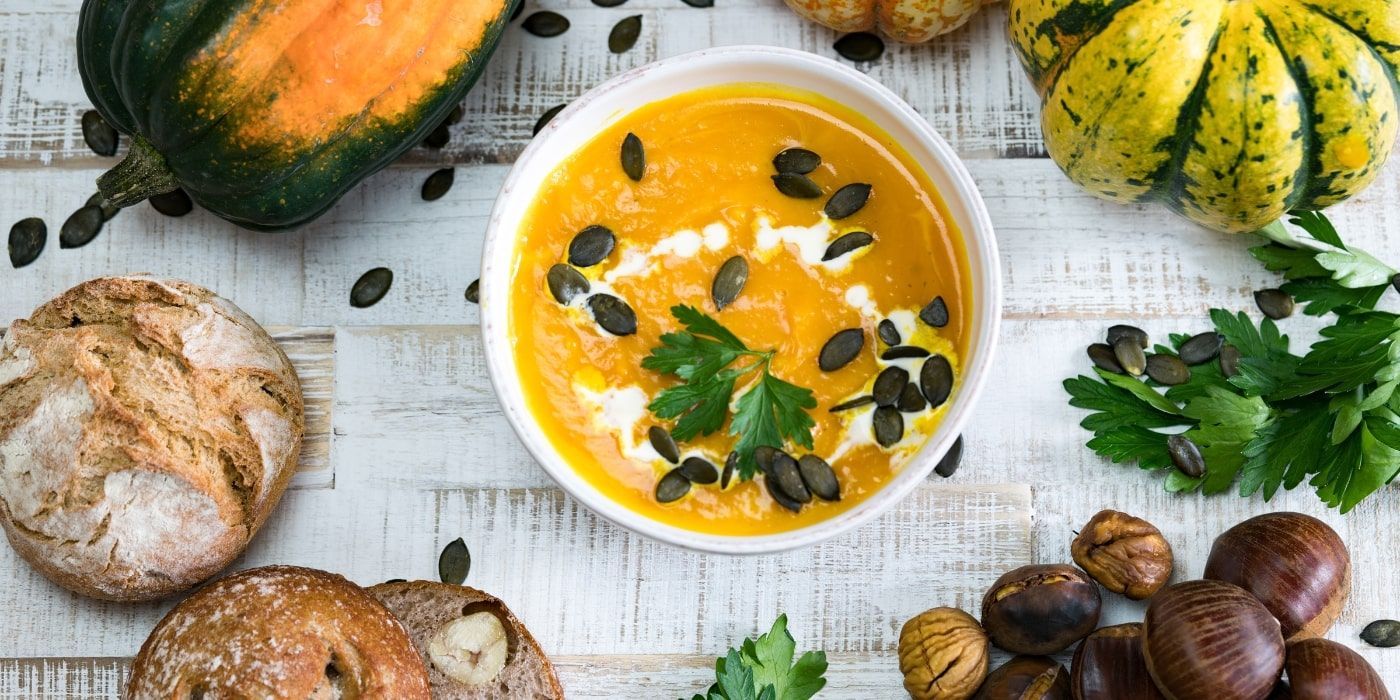

Rossella Friggione
Discover 15 Italian autumn dishes in this culinary journey through the flavors and traditions of typical regional recipes